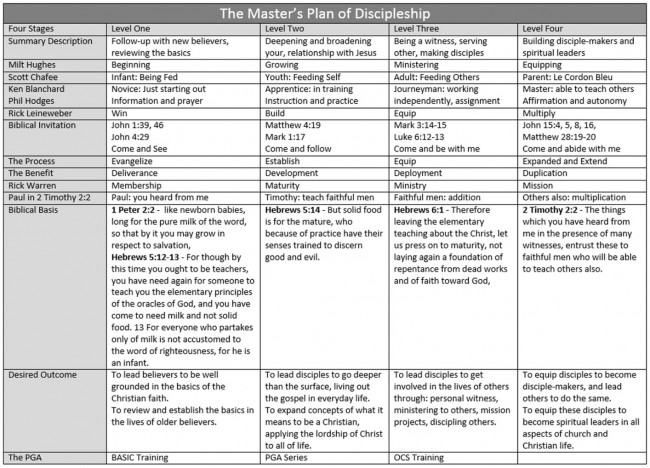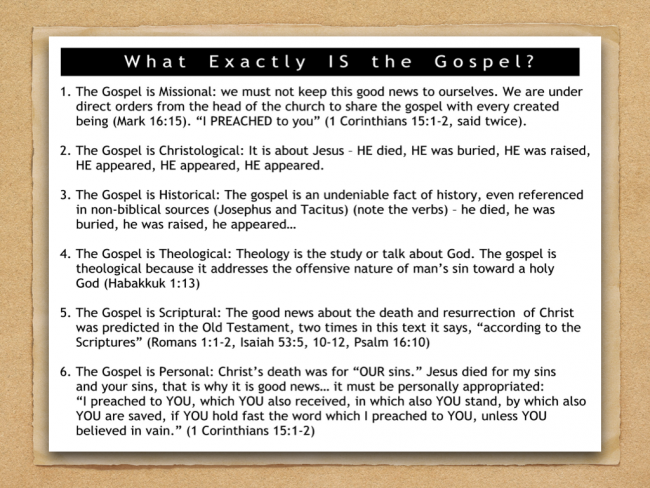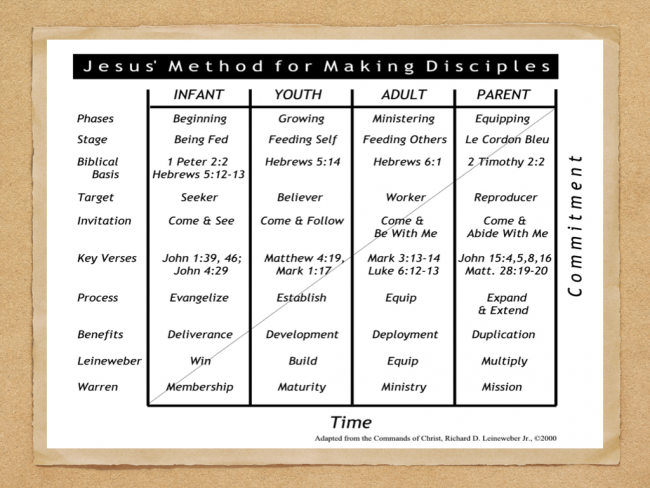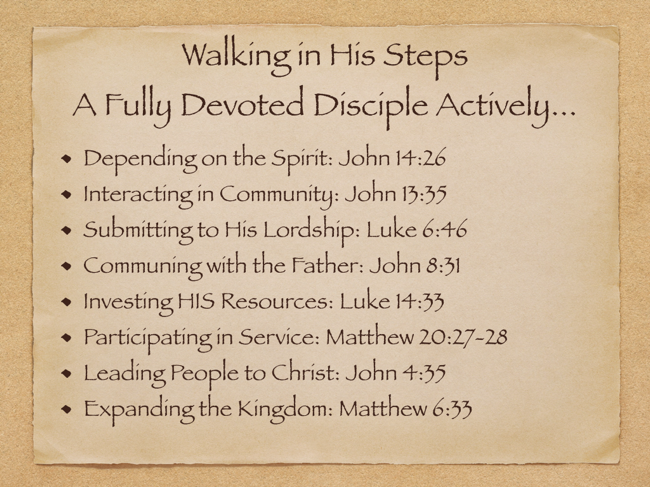If seekers are going to recognize Jesus as a person worth investigating, they need to understand who Jesus actually is, not just someone’s opinion of who Jesus is. This may be a bit theological, but it is worth our time to understand some foundational teaching on who Jesus is. Granted, the early disciples had a limited understand at the time, later they understood many of his teachings, after the resurrection.
Seekers Need Proper Christology
- Jesus is Creator of all things created, John 1:3, Colossians 1:16, Hebrews 1:2.
- Jesus was born of a virgin, Matthew 1:23.
- Although conceived 6 months after John, Jesus existed before John the Baptist (John 1:30) and Abraham (John 8:58).
- Jesus was God the Son, John 1:34, with God in the beginning, John 1:1-2, 10:33, 20:28, Romans 9:5, Titus 2:13, Revelation 1:17 (Isaiah 41:4, 45:5).
- Jesus is the eternal Son who preceded from the Father, John 8:24, 16:27-28, 17:8.
- Jesus exposed Nathaniel to his omniscience, John 1:48-49.
- Jesus’ miracles were his messianic credentials, Matthew 11:2-6.
- In Luke, he performed on the spot miracles that were predicted in the OT, so John would not doubt who he was, Luke 7:18-22, Isaiah 29:18, 35:5-6.
- Jesus came to bear witness to the truth, John 18:37.
- Jesus was the sinless (John 8:46, 2 Corinthians 5:21, Hebrews 4:15, 1 Peter 1:18-19)
- Jesus was the Lamb of God (John 1:29, 36) taking away the sins of the world (Isaiah 53:5, 2 Corinthians 5:21, 1 Timothy 2:5-6).
- Jesus not only died, but was raised as proof of being the acceptable sacrifice (John 2:19-21, Romans 1:4, 4:25, 1 Corinthians 15:4-8, Revelation 1:17-18).
- Jesus is sitting at the right hand of the Father, interceding, Acts 5:31, 7:55-56, Romans 8:34, Ephesians 1:20, Hebrews 1:3.
[Based on my classes with Richard D. Leineweber, Jr. c. 2000]




